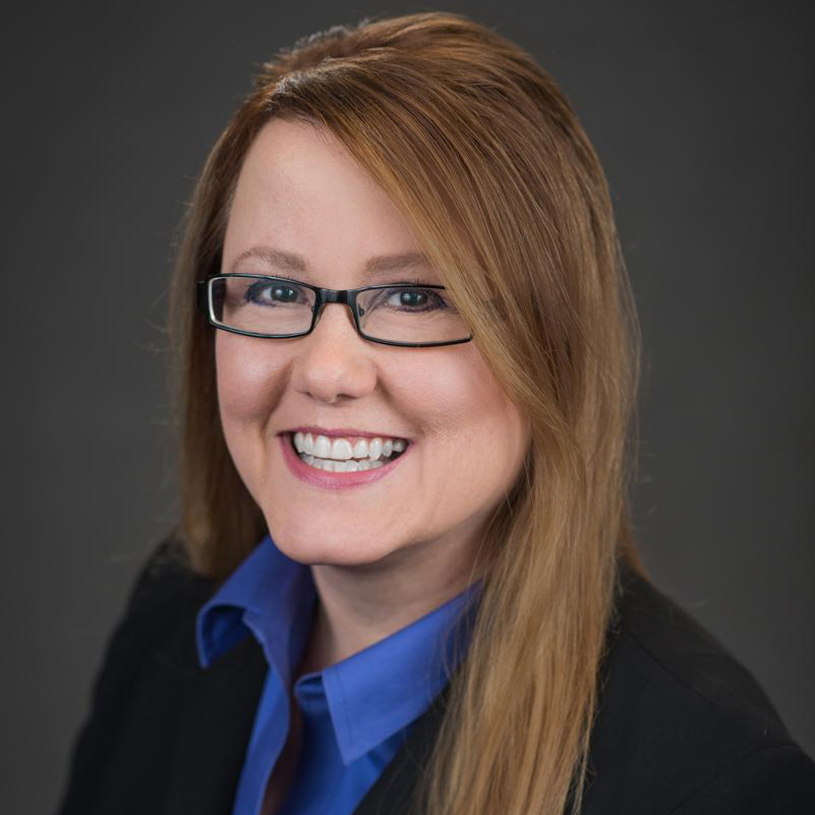
When specialty investment bank Ziegler recently surveyed 230 not-for-profit senior living chief financial officers and other financial professionals, two-thirds of them said that they expect that their CEOs will be retiring within the next 10 years, and about half of that group said they expect retirement to come in fewer than five years.
And more than half of the respondents (56%) said their CFOs would be retiring within 10 years, with almost half of that group expecting retirement in fewer than five years.
For chief operating officers, 43.6% of participants said that those executives at their organizations probably would be retiring within 10 years, with 11.5% putting the timing at fewer than five years.
You can read more about the survey and its findings here, but one thing the results drive home is the need for succession planning — and 62% of the people polled said that their organizations don’t have a formal succession plan for the CEO position.
But just as important as selecting replacements from existing pools of talent is building and expanding the pipeline of leadership candidates for the future — and not just at the very top.
That’s why several leadership-related industry programs are so vital. Some of them include:
- Argentum’s Leadership Advancement & Development (LEAD) program: Selected aspiring leaders nominated by executives at their organizations participate in a six-month program of networking, coaching and professional development opportunities to help support their leadership development and career growth.
- LeadingAge’s Larry Minnix Leadership Academy: A year-long curriculum includes site visits and in-person and virtual meetings to build core skill sets for new leaders or career paths for emerging leaders.
- The American Health Care Association/National Center for Assisted Living’s Future Leaders program: The year-long program kicks off with a two-day symposium; participants then read books and participate in calls to learn about “the latest theories and practical applications in quality management, customer satisfaction and leadership” and serve AHCA/NCAL.
- The National Investment Center for Seniors Housing & Care’s Future Leaders Council: Over three-year teams, emerging leaders have the chance to polish their leadership skills, develop a network of associates and resources, and help address industry issues through NIC initiatives.
- The Vision Centre: With the backing of organizations mentioned above as well as the American Seniors Housing Association and others, the new center has a mission “to bridge relationships between universities and providers, and build robust, sustainable academic leadership programs that promote and support the field of aging services.” Among specific goals are creating 25 academic programs and 1,000 paid field experiences.
The need for leaders in senior living is not going away. The need for such programs will only grow.
Lois A. Bowers is the editor of McKnight’s Senior Living. Read her other columns here.

